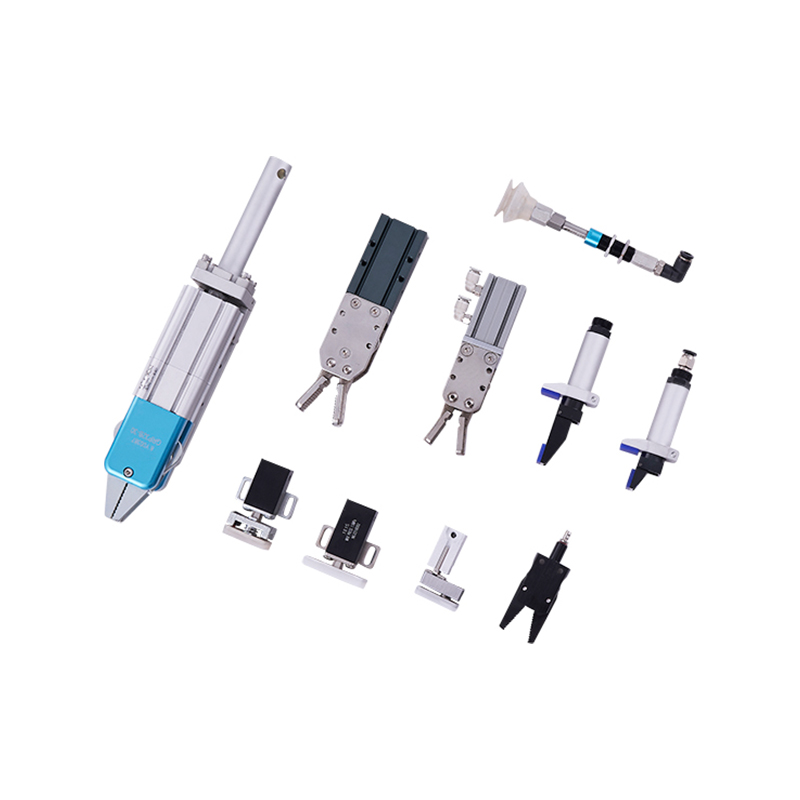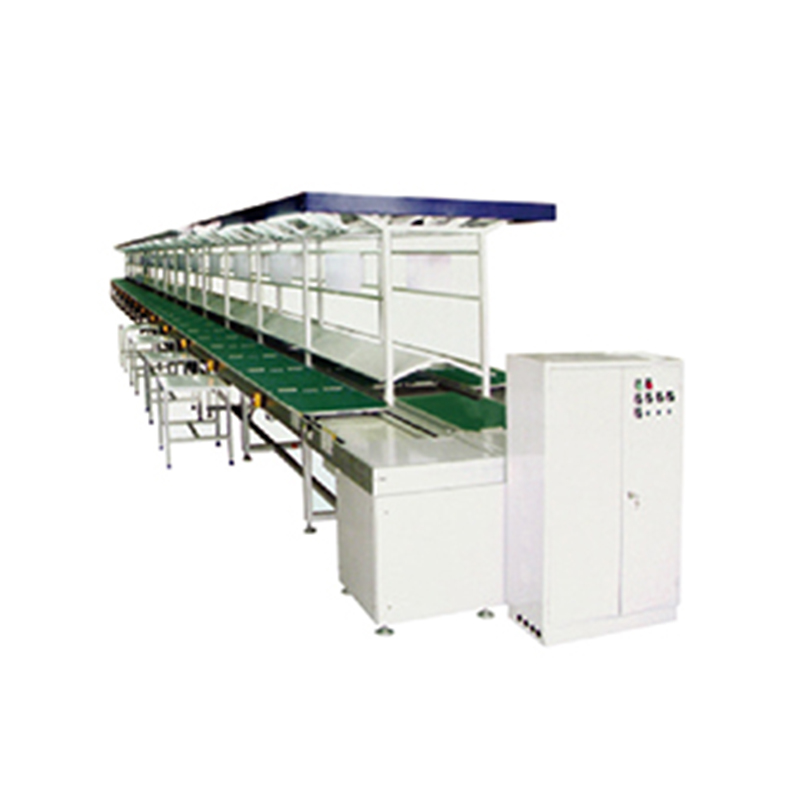Conveyor belts are indispensable in various industries, facilitating the seamless movement of materials over long distances and across different terrains. Two notable innovations in conveyor belt technology are the strip belt conveyor and underground conveyor systems. While strip belt conveyors optimize material handling in surface operations, underground conveyor belts are essential for mining and tunneling applications.
Strip belt conveyors, also known as flat belt conveyors, are designed to transport bulk materials horizontally or at slight inclinations. Unlike traditional troughed belt conveyors, strip belt conveyors feature a flat surface, making them ideal for handling fragile or irregularly shaped materials. These conveyors utilize a continuous belt made of rubber, PVC, or other materials, supported by idlers or rollers along its length.
Key Features and Advantages: Strip belt conveyors offer several key features and advantages:
Strip belt conveyors can transport a wide range of materials, including grains, aggregates, chemicals, and packaged goods, making them suitable for diverse industries such as agriculture, mining, and logistics.
The flat surface of strip belt conveyors ensures smooth and gentle transportation of materials, small damage and product loss during handling.
Strip belt conveyors are cost-effective solutions for horizontal material transport, requiring lower initial investment and maintenance compared to other conveyor types.
With fewer moving parts and a simple design, strip belt conveyors are easy to maintain and repair, reducing downtime and operational costs.
Strip belt conveyors find applications in various industries and processes, including:
Transporting grains, seeds, and agricultural products from storage facilities to processing plants or distribution centers.
Handling of raw materials, components, and finished products along production lines in manufacturing facilities.
Sorting, merging, and distributing packages and parcels in logistics and distribution centers.
Transferring bulk materials such as coal, ore, and aggregates from extraction sites to processing plants or storage facilities.
Underground conveyor belt systems are essential components of mining operations, enabling the efficient transportation of mined materials from underground mines to the surface or processing facilities. These conveyor systems are designed to operate in challenging underground environments, including confined spaces, steep inclines, and harsh conditions.
Underground conveyor belt systems incorporate specialized design considerations to meet the unique challenges of underground mining, including:
Conveyor belts used in underground mining must be flame-resistant and comply with stringent safety regulations to small the risk of fire and ensure the safety of personnel.
Underground conveyor belts are subjected to heavy loads, abrasive materials, and harsh environments, requiring high-strength construction and durable materials to withstand prolonged use.
Underground conveyor systems may need to navigate complex underground layouts, including tight curves, steep inclines, and vertical shafts, requiring flexible designs and modular components.
Recent advancements in underground conveyor technology focus on enhancing safety, reliability, and efficiency, including:
Development of advanced fire-resistant conveyor belt materials and conveyor system designs to enhance safety in underground mining environments.
Integration of automation and remote monitoring technologies to optimize conveyor operation, reduce maintenance downtime, and improve productivity.
Implementation of real-time conveyor belt monitoring systems to detect potential issues such as belt damage, misalignment, and splice failures, enabling proactive maintenance and preventing costly downtime.
Strip belt conveyors and underground conveyor belt systems represent significant advancements in material handling technology, catering to diverse industrial applications and challenging environments.



 English
English 中文简体
中文简体 русский
русский Español
Español عربى
عربى












